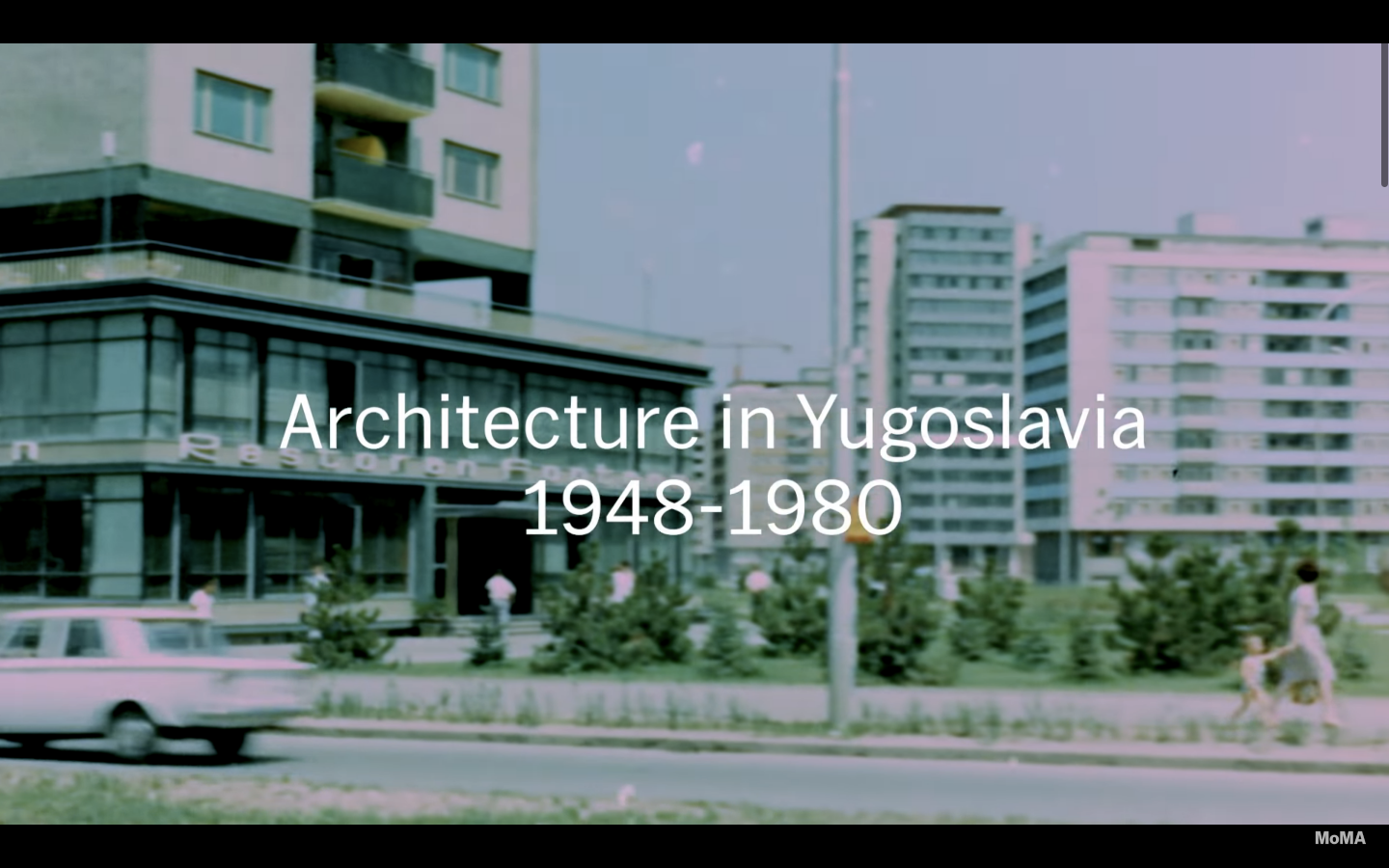Post-war Eastern Europe went through radical change at the hands of communism. Brutalism married up with the harshest sociopolitical conditions and defined many landscapes, particularly in countries like Yugoslavia.
Martino Stierli and Vladimir Kulić examined the nation’s architecture and how it shaped the state when they visited MoMA’s Toward a Concrete Utopia: Architecture in Yugoslavia, 1948–1980 exhibition in 2019.
It was really an important contribution to create some kind of a life space for citizens in Yugoslavia. The end of World War II, there was a moment of destruction and trauma but then was transformed into a great source of energy for the reconstruction of the country. Hundreds of thousands of young people contributed to the construction of new railway lines, highways, dams, factories. The war really had left deep scars that produced an enormous forward-looking utopian vision of a better world. And architecture played a fundamental role.
